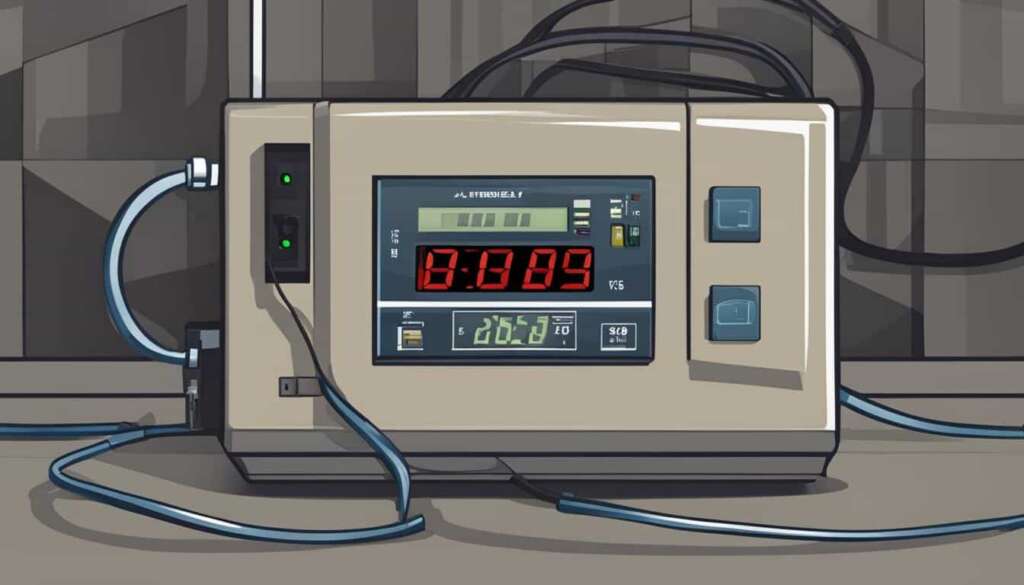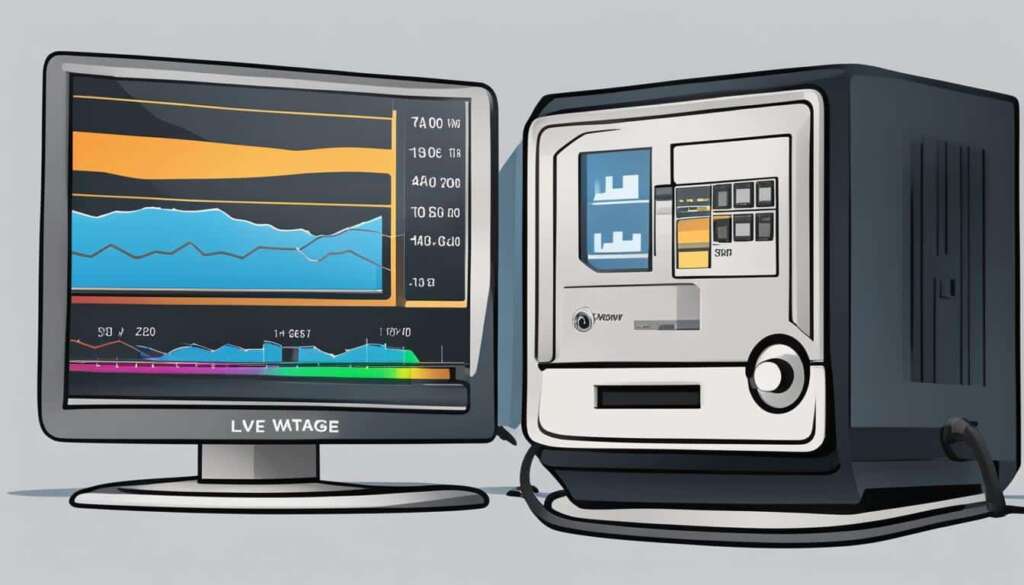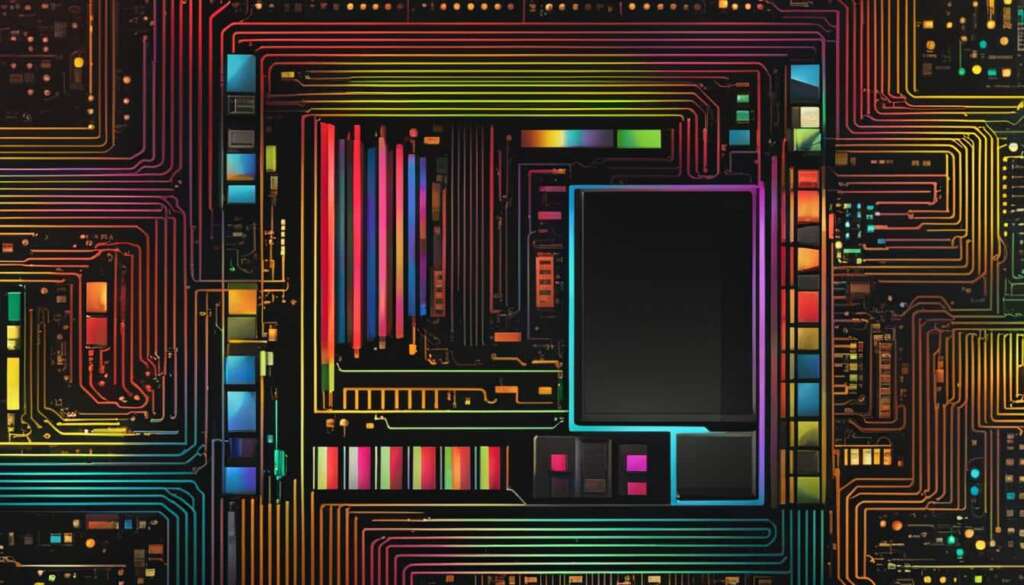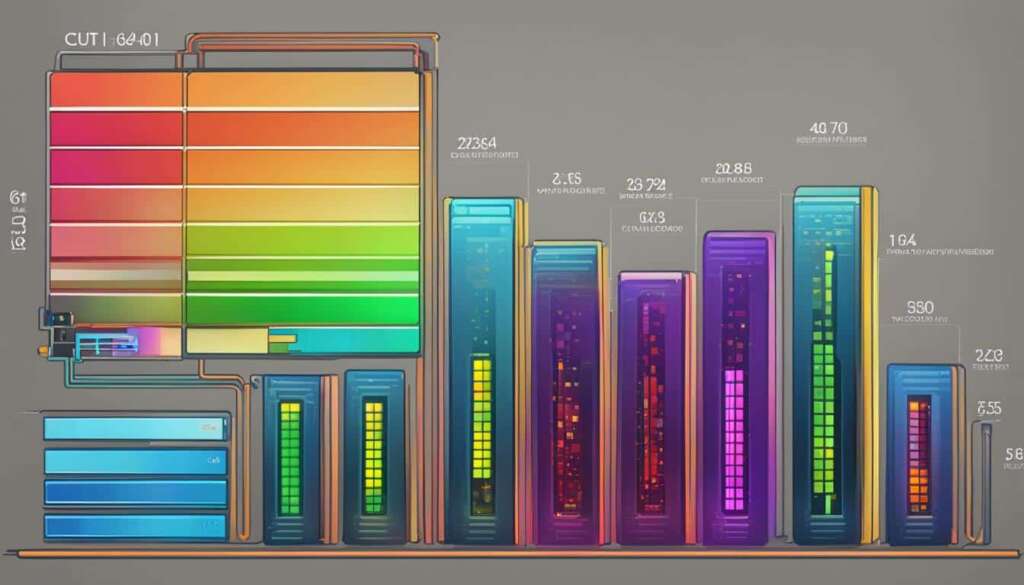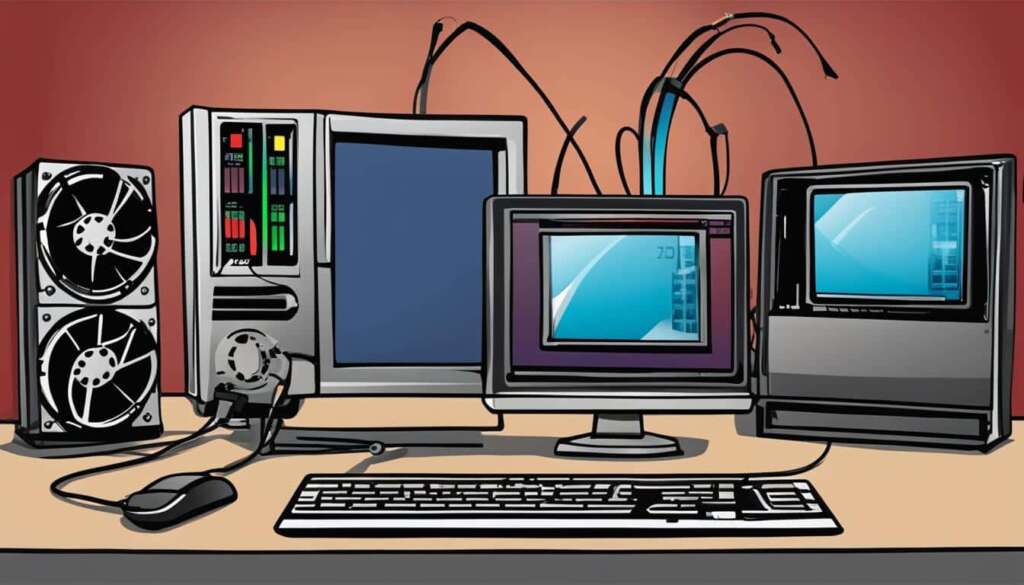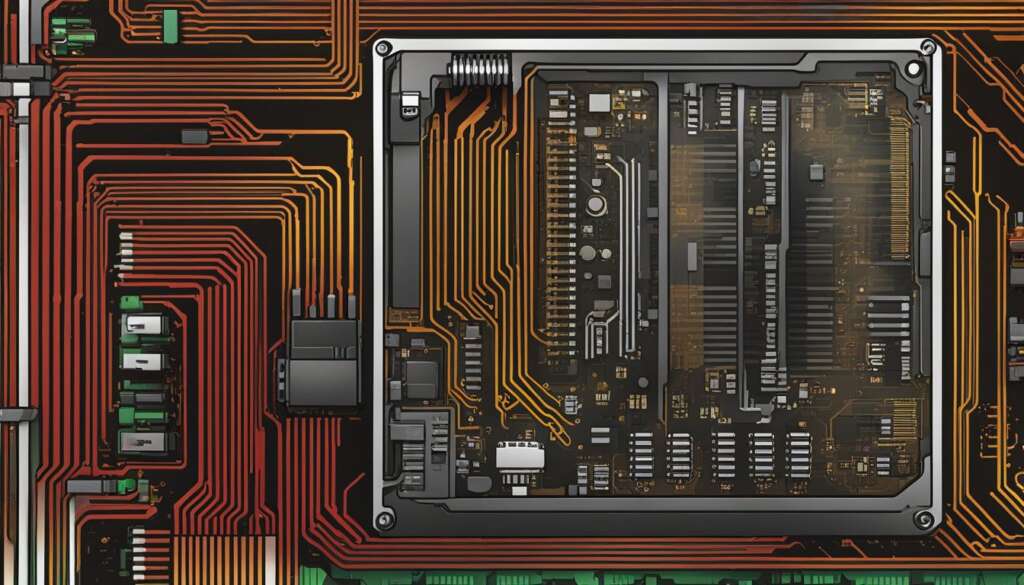Table of Contents
In order to effectively monitor and manage your PC’s power usage, it is important to have accurate information about your system’s power draw and consumption. By measuring and understanding these metrics, you can make informed decisions about energy efficiency and optimize your PC’s performance.
There are several methods available to monitor your PC’s power usage. You can start by using online calculators to get a rough estimate of your system’s power consumption. Websites like OuterVision offer power supply calculators that allow you to input information about your components and overclocking settings to get an estimate of your PC’s power usage. While online calculators provide convenient estimates, they may not be as accurate as other methods since they rely on typical power draw values.
For more accurate measurements, you can use software tools like HWInfo or Open Hardware Monitor. These programs provide real-time readings of power consumption for specific components such as the CPU and graphics card. You can also use specific software like Ryzen Master or Power Gadget to analyze the power draw of your CPU or GPU. Keep in mind that software measurements are estimates and may not account for power losses or other factors that affect overall system power usage.
For the most precise measurement of your PC’s power consumption, you can use hardware tools like a watt meter. By plugging your PC’s power cable into a watt meter, such as the P3 Kill A Watt Electricity Monitor, you can directly measure the power drawn from the wall outlet. This provides an accurate reading of your system’s power usage, including any additional peripherals or accessories plugged into the same power strip.
Use an Online Calculator
One way to quickly estimate your PC’s power usage is by using an online calculator. The OuterVision Power Supply calculator is a popular option that allows you to input information about your components and overclocking settings to get an estimate of your system’s power consumption. By selecting the appropriate options and components, you can get a rough idea of how much power your PC uses on a daily basis.
**While online calculators provide convenient estimates, they may not be as accurate as other methods** since they rely on typical power draw values and cannot account for specific system configurations or variations in power usage during different tasks.
| Component | Power Draw (Watts) |
|---|---|
| CPU | 90 |
| GPU | 150 |
| RAM | 20 |
| Storage | 10 |
| Motherboard | 30 |
| Other Peripherals | 50 |
| Total | 350 |
As shown in the table above, a basic estimation of power draw for a typical PC setup would include around 90 watts for the CPU, 150 watts for the GPU, 20 watts for RAM, 10 watts for storage, 30 watts for the motherboard, and 50 watts for other peripherals. This adds up to a total power consumption of 350 watts.
Keep in mind that the power usage of your PC may vary depending on factors such as system load, overclocking settings, and the efficiency of your power supply unit. Therefore, it is important to use online calculators as a starting point and consider other methods for more accurate measurements.
Use Software to Measure Power Usage
To get more accurate measurements of your PC’s power usage, you can use software tools to monitor specific components. Programs like HWInfo and Open Hardware Monitor provide real-time readings of power consumption for the CPU, GPU, and other components.
You can analyze the power draw of your CPU by checking the CPU Package Power value in HWInfo or using specific software like Ryzen Master for AMD processors or Power Gadget for Intel processors. Similarly, GPU-Z is a useful tool for monitoring power consumption of the graphics card.
Keep in mind that these software measurements are estimates and may not account for power losses during conversion or other factors that affect overall system power usage.
| Software | Key Features |
|---|---|
| HWInfo | – Real-time power consumption readings |
| Open Hardware Monitor | – Detailed power information for CPU, GPU, and other components |
| Ryzen Master | – CPU power measurement for AMD processors |
| Power Gadget | – CPU power measurement for Intel processors |
| GPU-Z | – Power consumption monitoring for graphics cards |
Measure Power Consumption with Hardware Tools
For the most accurate measurement of your PC’s power consumption, you can use hardware tools like watt meters. A watt meter, such as the P3 Kill A Watt Electricity Monitor, allows you to directly measure the power drawn from the wall outlet by plugging your PC’s power cable into the meter. This provides a more precise reading of your system’s power usage, including any additional peripherals or accessories plugged into the same power strip. By using a watt meter, you can track real-time power consumption and identify the true power draw of your PC. This information can be valuable for managing energy usage and optimizing the efficiency of your system.
FAQ
How can I monitor my PC’s power usage effectively?
To effectively monitor your PC’s power usage, you have several options available. You can use online calculators, such as the one provided by OuterVision, to get a rough estimate of your system’s power usage. Alternatively, you can use software like HWInfo or Open Hardware Monitor to track the power consumption of specific components, such as the CPU and graphics card. For the most accurate measurement, you can invest in hardware tools like a watt meter to measure your PC’s power consumption directly from the wall outlet.
How can I use an online calculator to estimate my PC’s power usage?
One way to quickly estimate your PC’s power usage is by using an online calculator. The OuterVision Power Supply calculator is a popular option that allows you to input information about your components and overclocking settings to get an estimate of your system’s power consumption. By selecting the appropriate options and components, you can get a rough idea of how much power your PC uses on a daily basis. However, keep in mind that online calculators provide convenient estimates but may not be as accurate as other methods.
What software can I use to measure my PC’s power usage?
If you want more accurate measurements of your PC’s power usage, you can use software tools to monitor specific components. Programs like HWInfo and Open Hardware Monitor provide real-time readings of power consumption for the CPU, GPU, and other components. You can analyze the power draw of your CPU by checking the CPU Package Power value in HWInfo or using specific software like Ryzen Master for AMD processors or Power Gadget for Intel processors. Similarly, GPU-Z is a useful tool for monitoring power consumption of the graphics card.
How can I measure my PC’s power consumption with hardware tools?
For the most accurate measurement of your PC’s power consumption, you can use hardware tools like watt meters. A watt meter, such as the P3 Kill A Watt Electricity Monitor, allows you to directly measure the power drawn from the wall outlet by plugging your PC’s power cable into the meter. This provides a more precise reading of your system’s power usage, including any additional peripherals or accessories plugged into the same power strip. By using a watt meter, you can track real-time power consumption and identify the true power draw of your PC.

